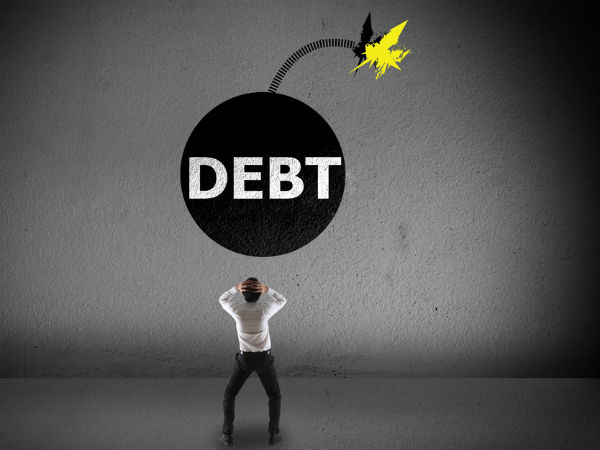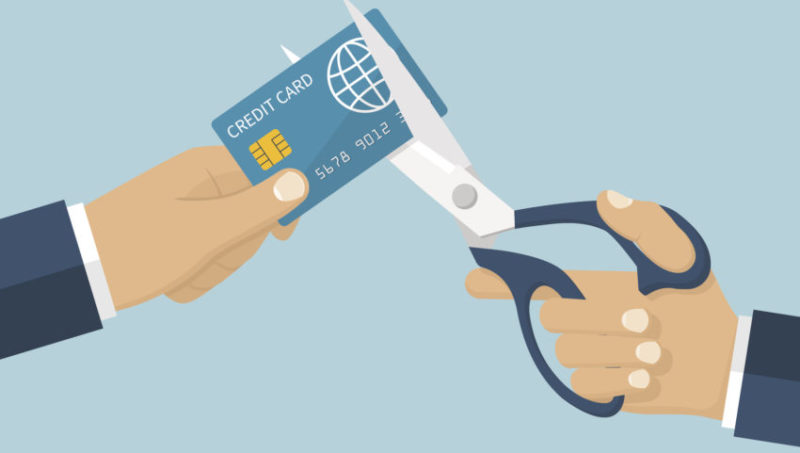Getting rid of bad debt, or more prominently, writing it off is often required by businesses who have customers that can’t pay their bills. Having customers owe money to your business, can be potentially extremely harmful to your business and might force you to have it written off entirely.
Bad debt thus generally refers to a situation where an individual has bought products, or rendered services, from a company, on credit, but isn’t able to pay it back, according to the instalments that are set up by the company.
Bad debt is an awful thing for a business, especially one starting out, to have. That is because bad debt cannot be collected, making it next to impossible to generate it out of a pocket other than your own.
How to Deal with Bad Debt
https://www.youtube.com/watch?v=GanCy3hv1mI
Although it is difficult to solve the problem at hand, when it comes to bad debt, there are a few ways one can solve it.
Businesses can incur bad debt by offering loans to their clients and vendors, take out a business loan to pay it back without hurting their company, as well as by reducing credit sales to customers, to help the problem from increasing with more customers.
By reducing a business’ credit, for instance, businesses have a far better change managing their customers and the credit they can afford than they would if they only allowed them continuously increased credit.
How a Business Can Write Off Bad Debt
Regarding financial accounting, bad debt, if not paid by customers, becomes an expense for businesses, which when it comes to accounting, can be very time-consuming and turn out to be quite expensive.
When it comes to accrual accounting in business, payments get marked as receivable accounts and are receivable as money owed to the business.

If this money isn’t paid, according to its scheduled instalments, or after that after negotiating payment terms with the customer, it becomes a bad debt that needs to be written off. It means the business’ accounting books need to be readjusted, to be able to represent the actual amounts of the business credit accounts.
Since writing off bad debt includes removing it altogether, it will affect your business balance sheet. It can either be written off with an allowance method, or direct write-off method.
Writing off Bad Debt
Allowance Method
This method allows you not to predict the payment that is receivable for credit sales, which is that owed by all your customers. It results in debiting all bad debts, expenses, as well as credit allowance, for accounts you’re uncertain of. In the case of bad debt, you’ll be able to credit your receivable accounts, as well as your debit allowance for those accounts.
Direct Write-Off Method
This method is most commonly used to write off bad debt and takes place after receivable accounts get recorded, which must be credited as receivable accounts, where bad debt expenses must be debited, to be able to write it off completely
